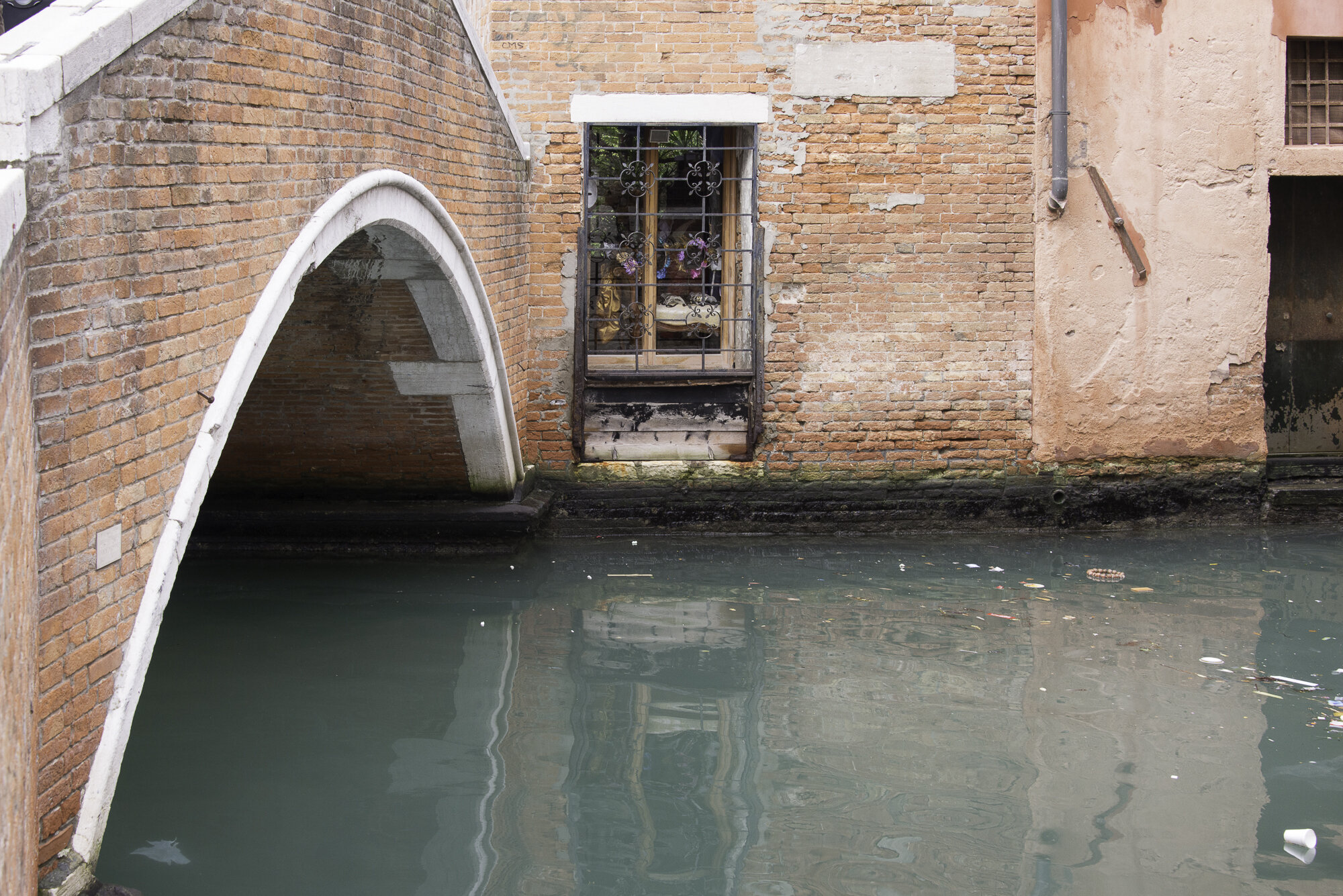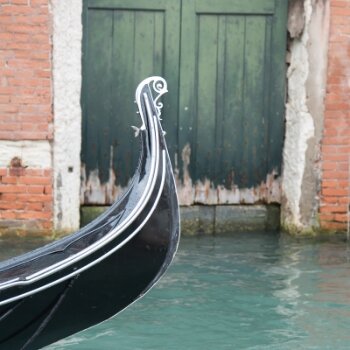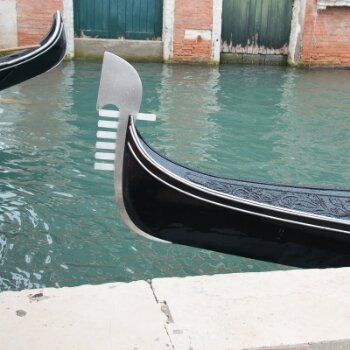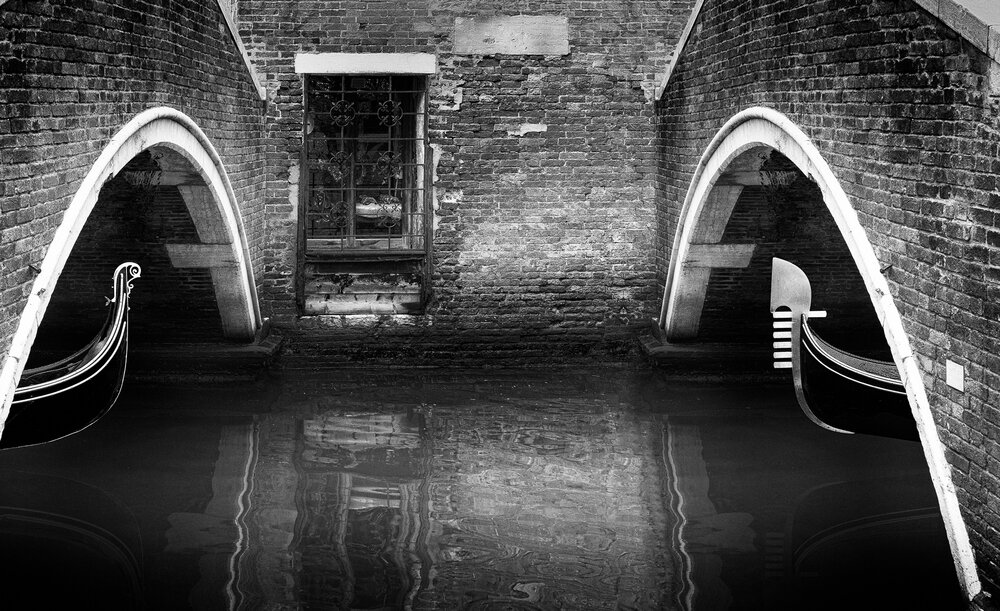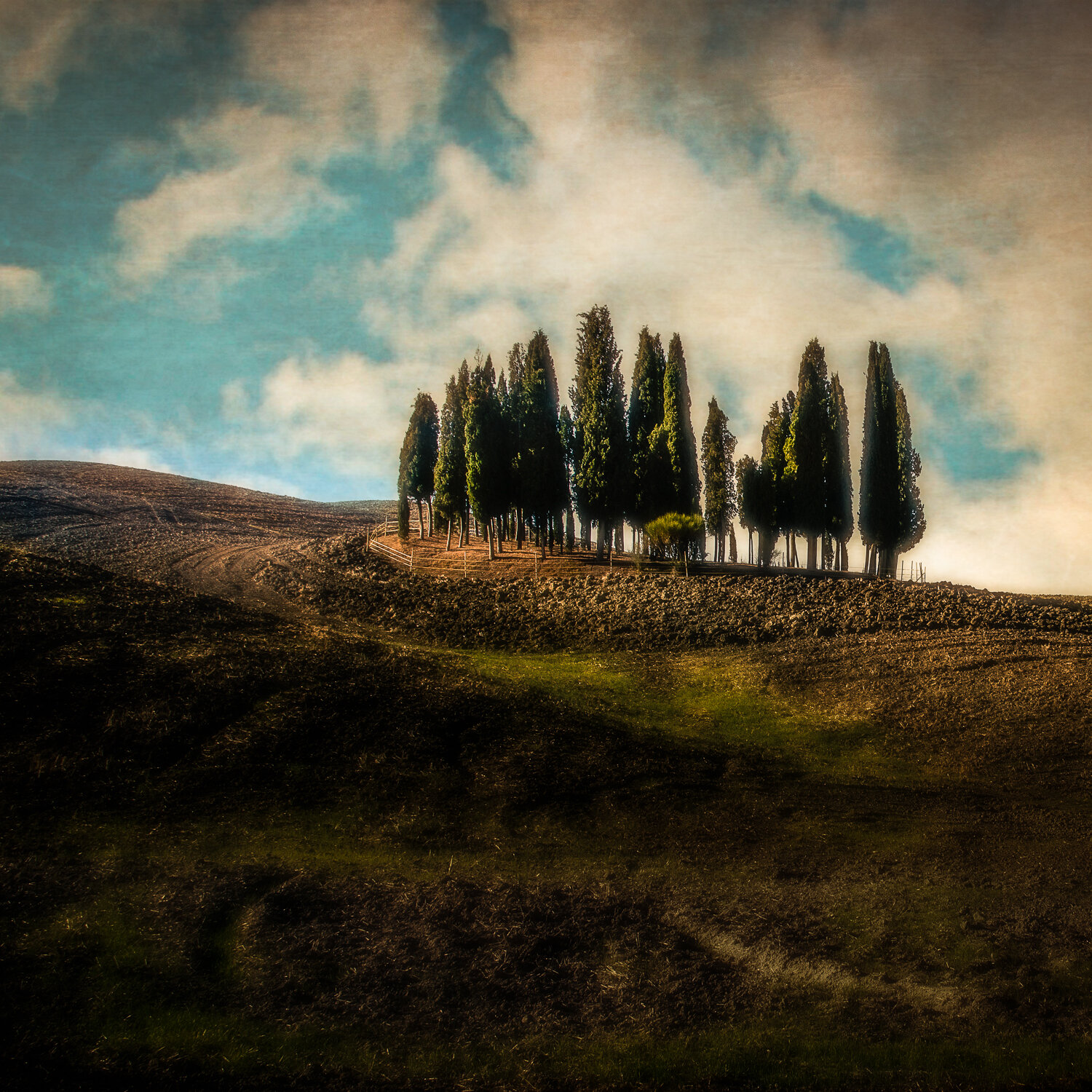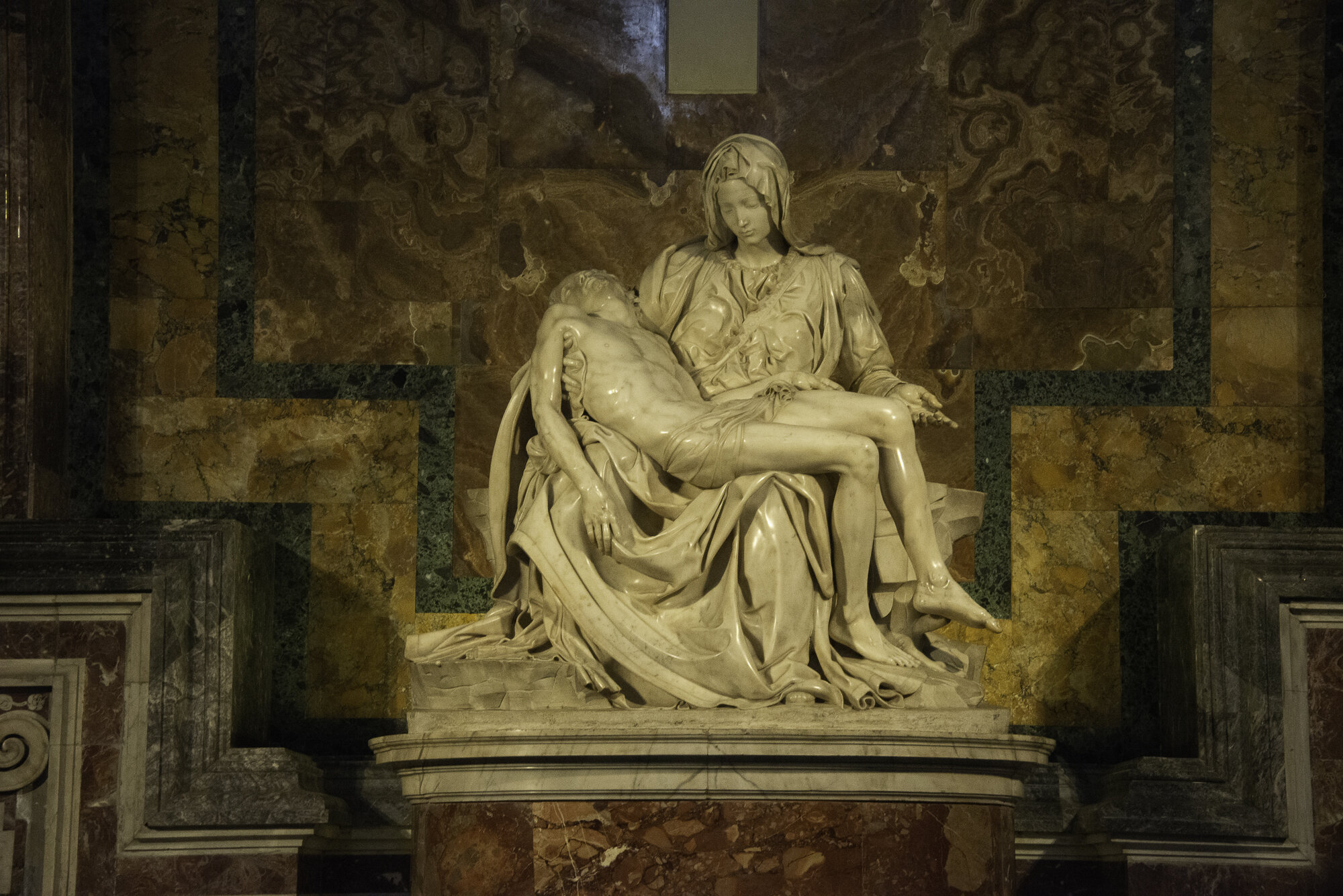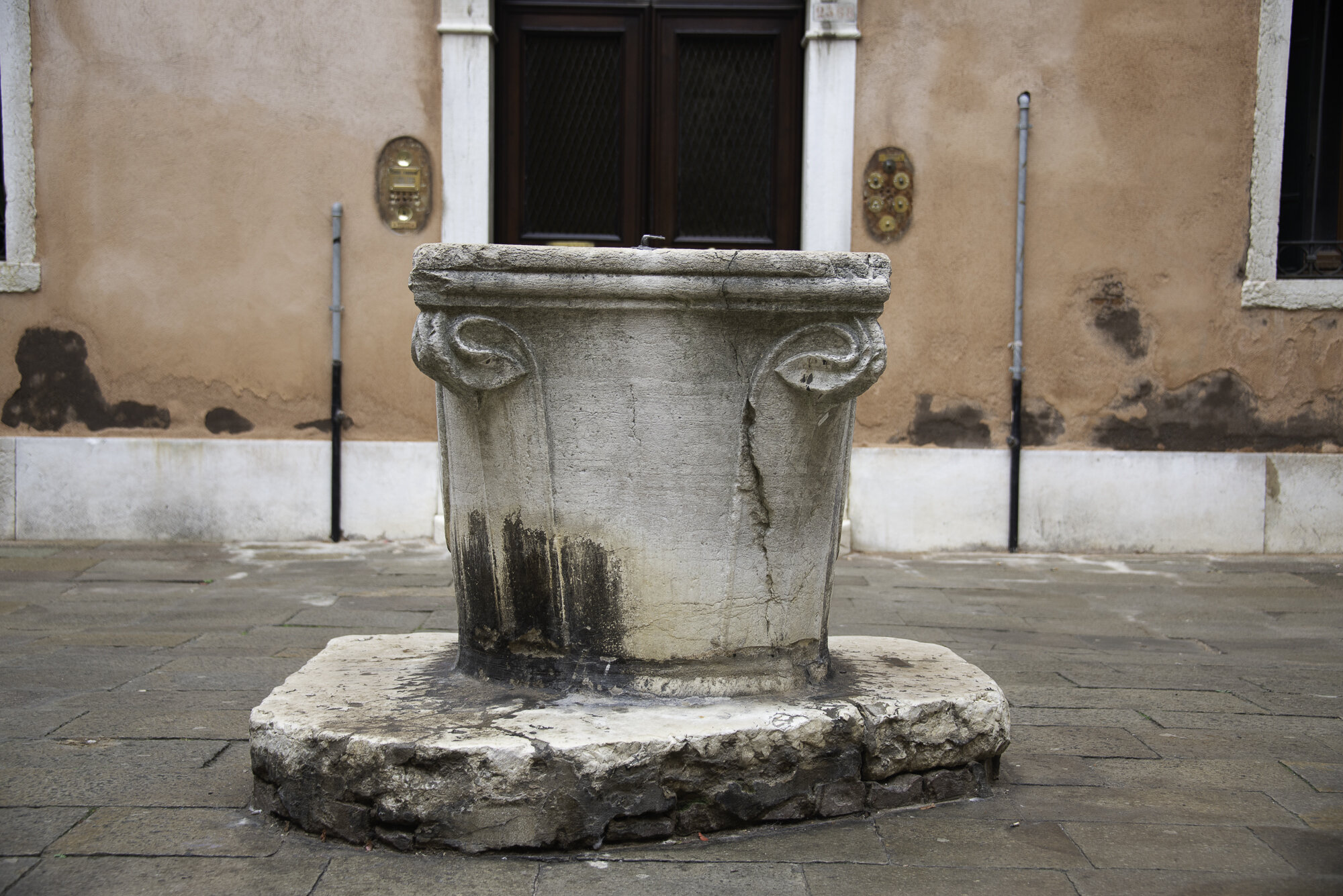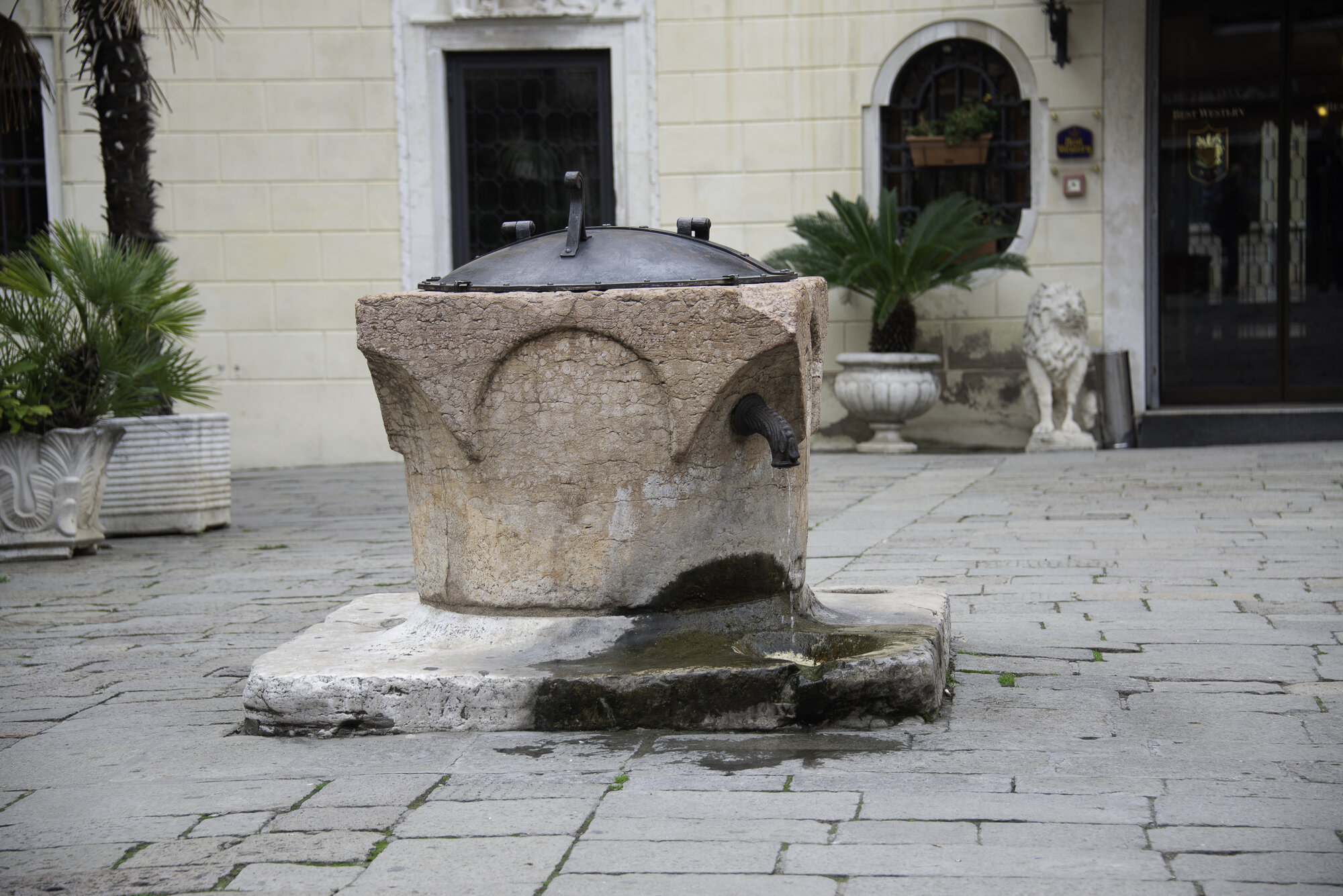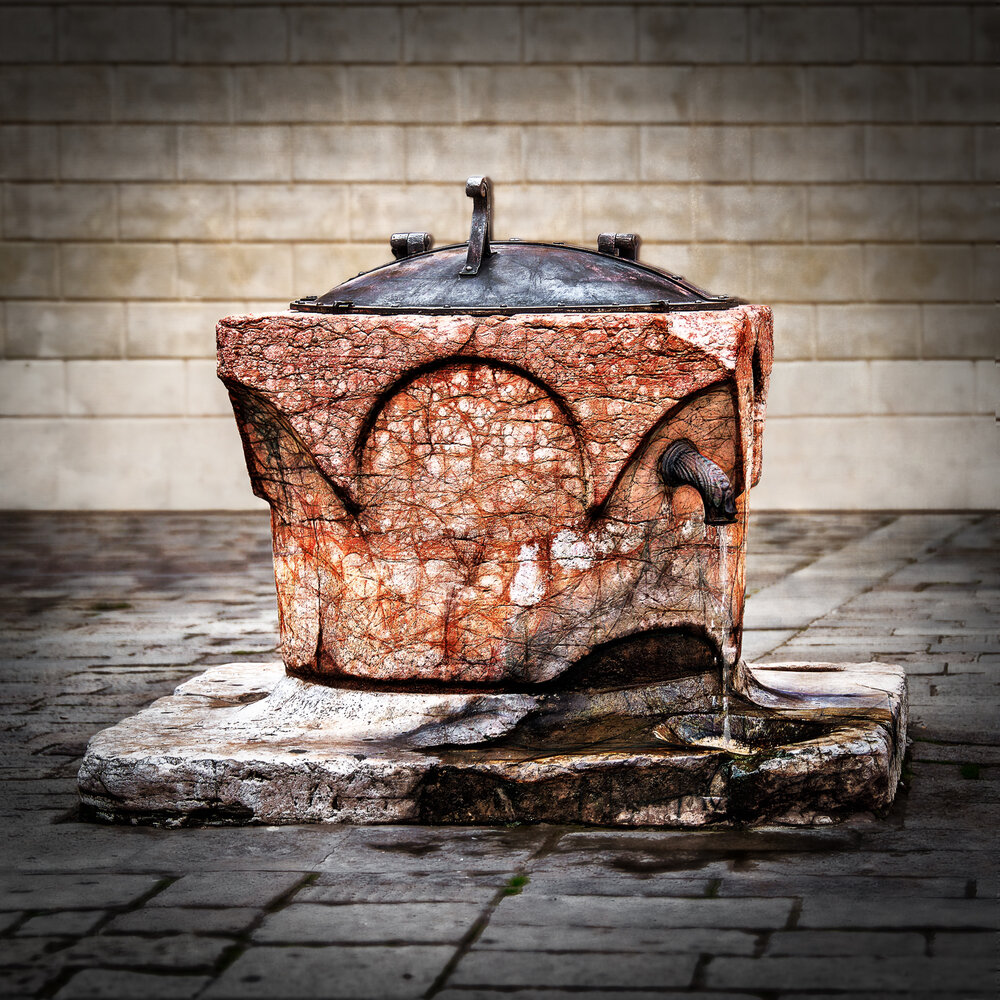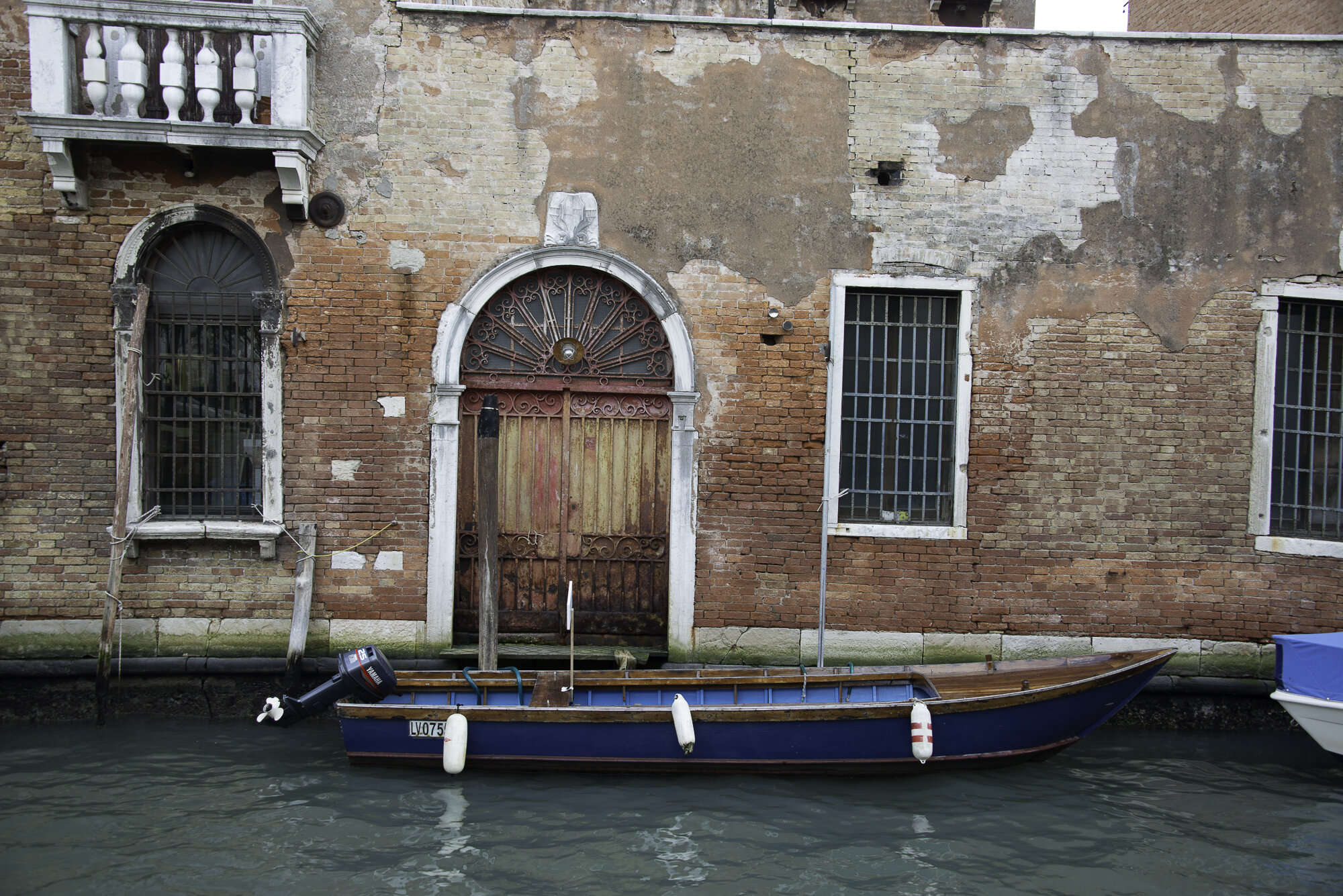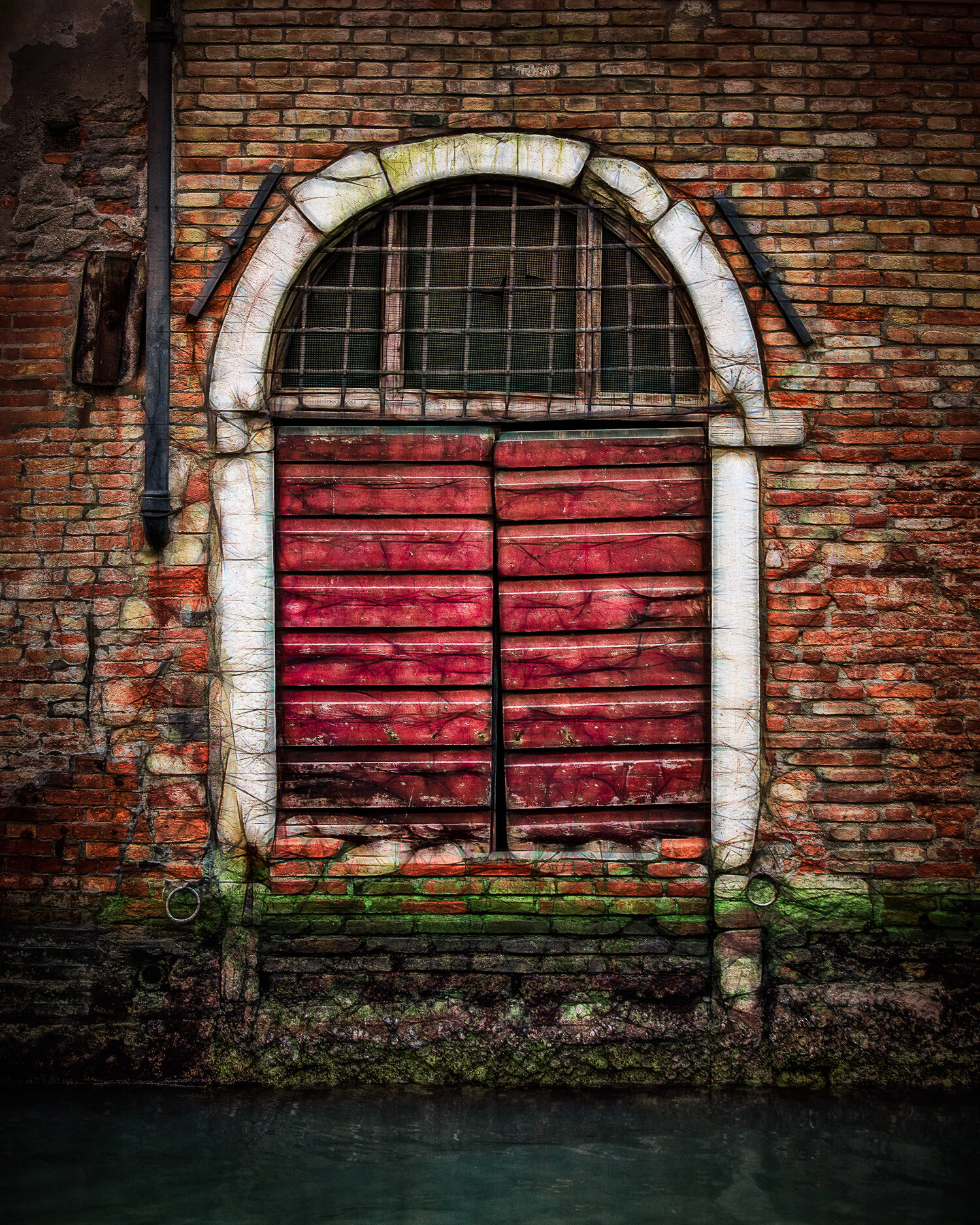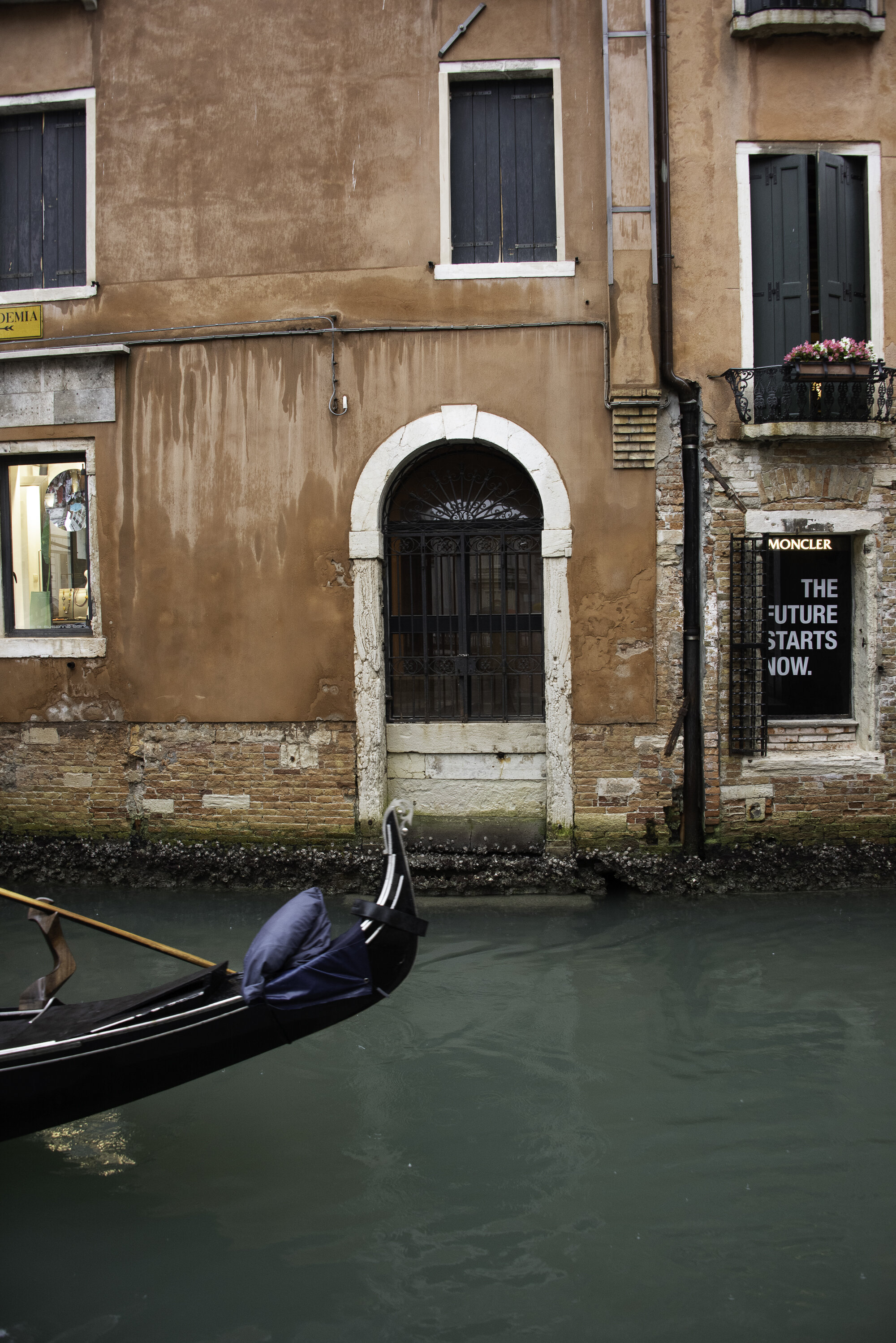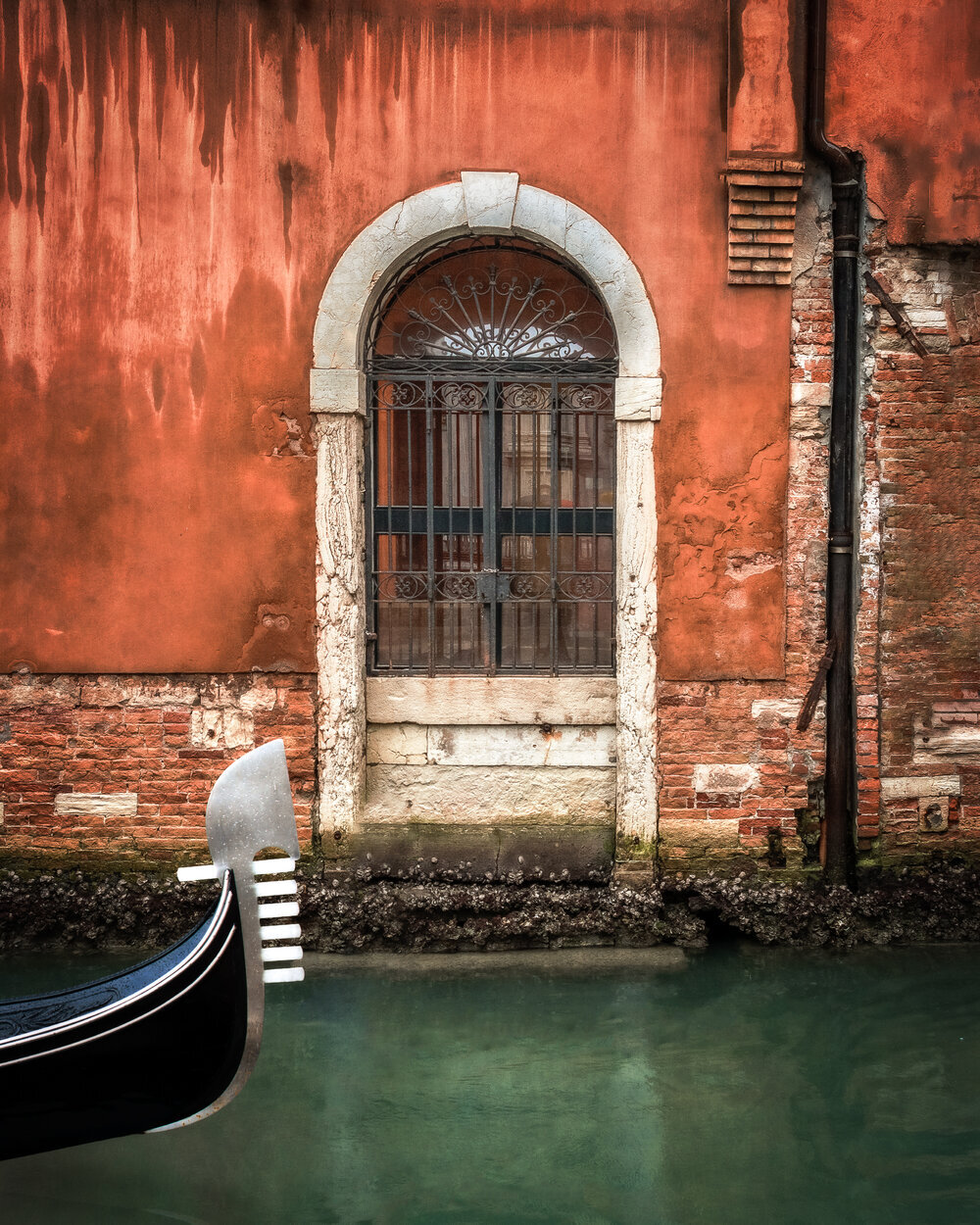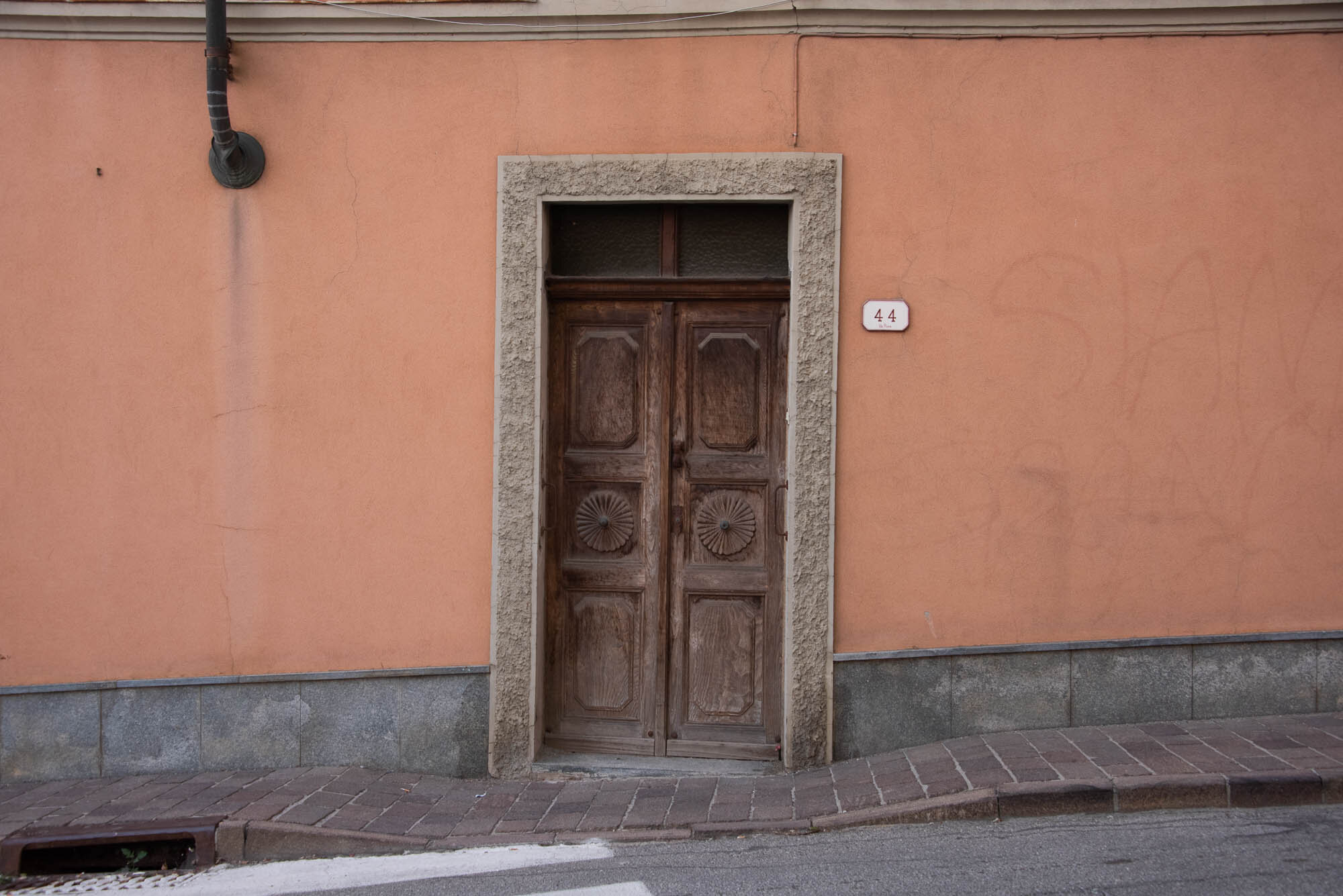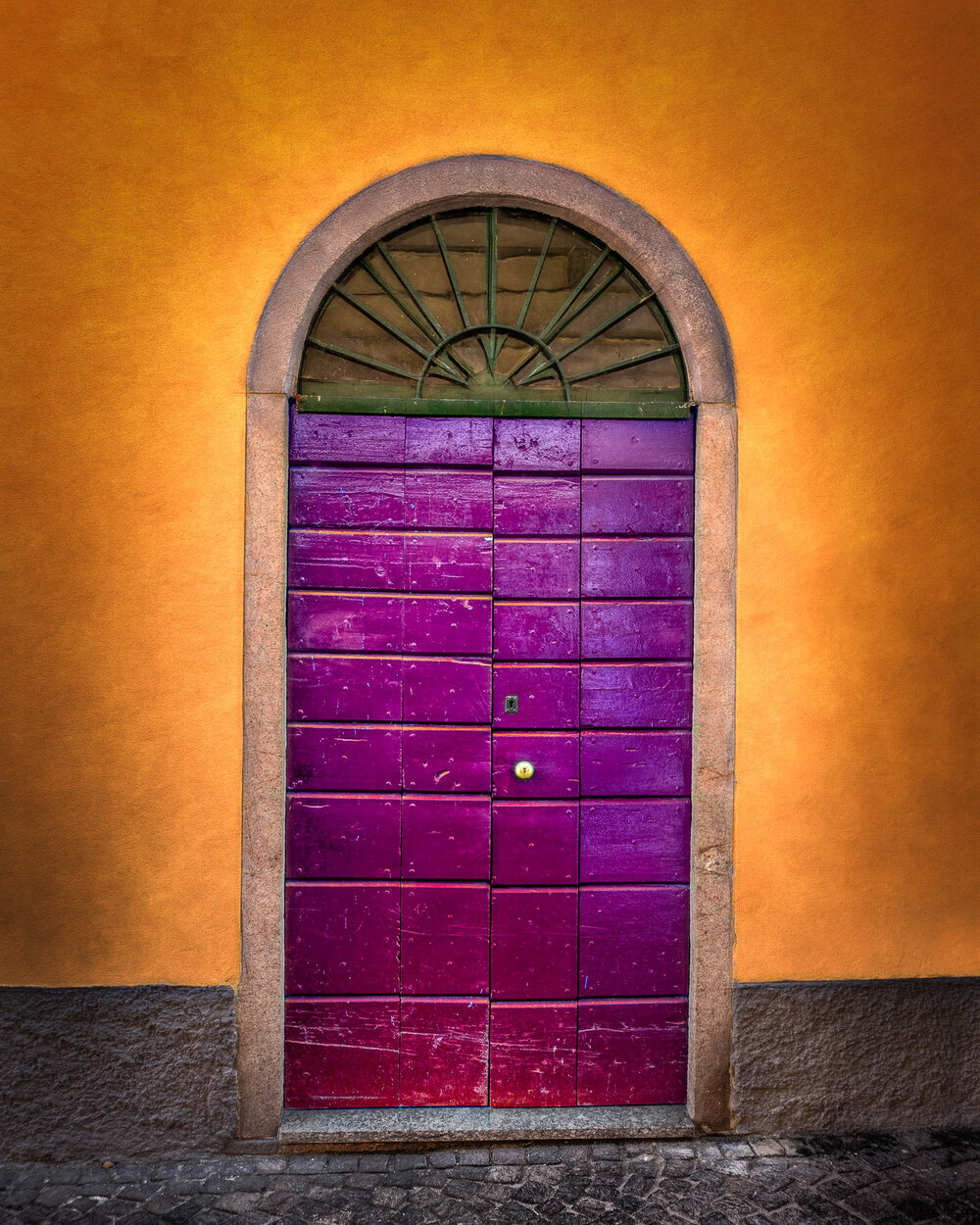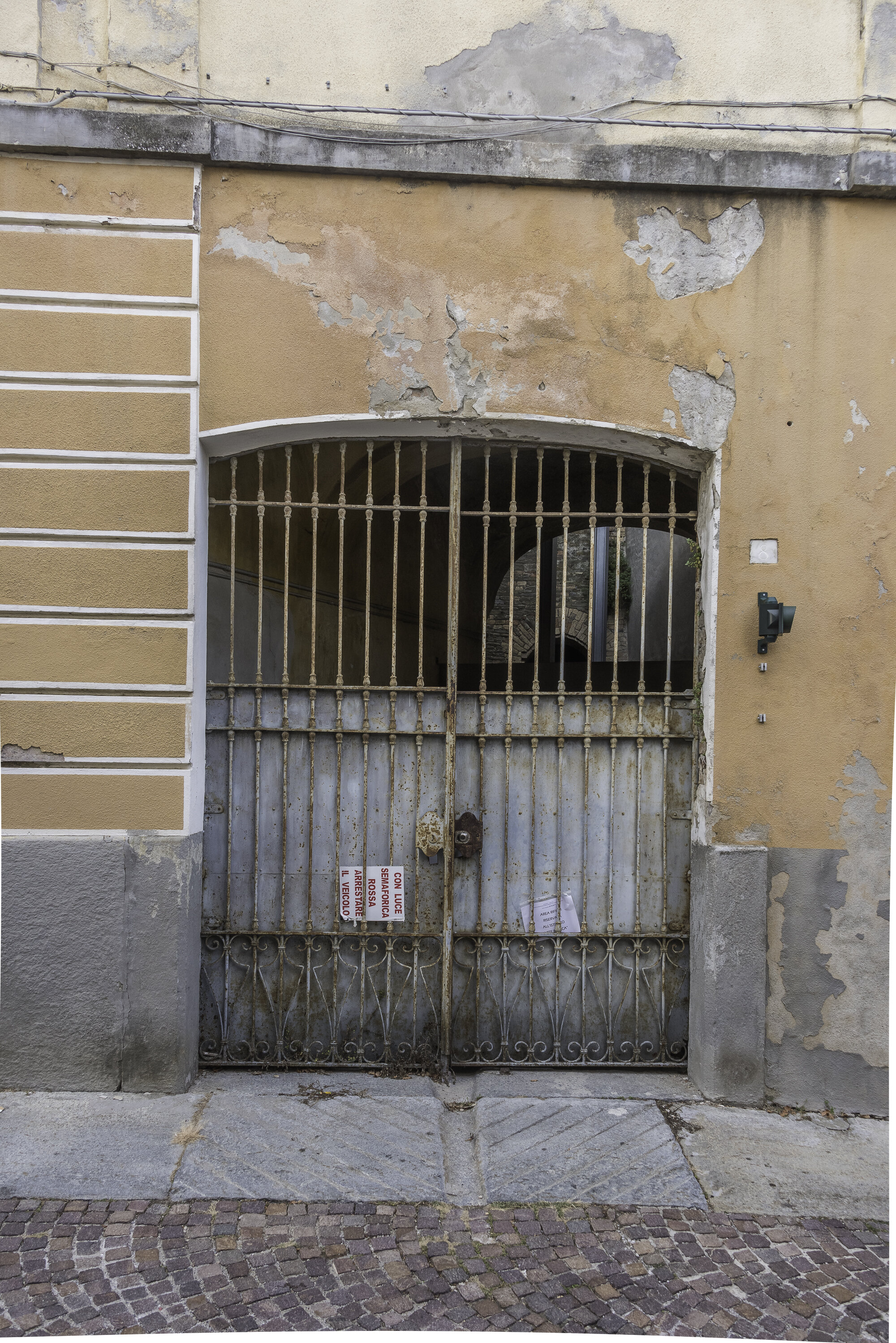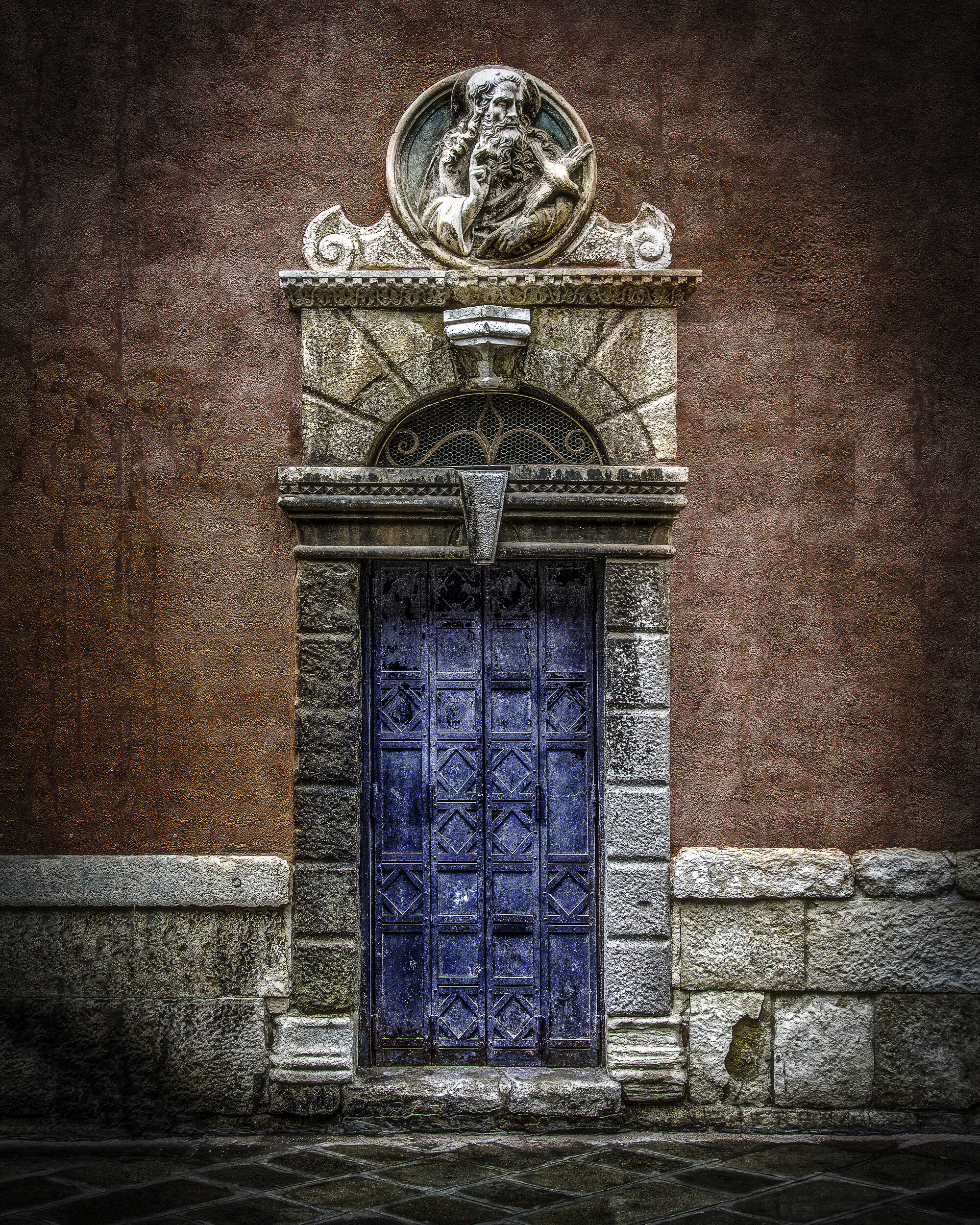“The Jewish ghetto originated right there in Venice”
Ignominious? Yes, ignominious. I’m sorry to say that I have to use that word here today. When was the last time you used the word ignominious? I hope it was waaaay in the past. But for me today, I have no choice.
Here is the ignominious, disgraceful thing that marred the Venetian past: the first Jewish ghetto originated right there in Venice.
It turns out that our English word “ghetto” or “getto” is from a Venetian word “gheto” which stemmed from the specific location of that first ghetto.
Though it was ultimately disbanded, there is still the site and the memory of the ghetto in Venice. Just how did that dissolution come about, and who do you think caused that to happen? Hmmm…read on dear reader.
The Jewish Community
First, we need to understand that the Jewish identify in Venice was very complicated. Ferdinand and Isabella expelled the Muslims from Spain in 1492, freeing them from Muslim rule after nearly 800 years. Shortly thereafter, they issued the Alhambra Decree, mandating that all Jews be expelled from the country. To stay in Spain and to avoid punishment by the Inquisition, some Jews were baptized by force, or they feigned baptism. But many of the Jews of Spain moved to Venice. And because Venice was the worldwide (I have to use the word ‘worldwide’ very loosely here, as Columbus was just starting to head west from Spain) capital of commerce and economy, many Jewish sects were attracted to Venice, like the German Jews, the Italian Jews, the Portuguese Jews, the Levantine Sephardi Jews, and others.
Because of their importance to the Venetian economy, some Jewish groups were more accepted than others, and they were allowed certain freedoms that other Jewish inhabitants didn’t have. Though the Jewish sects tended to keep to themselves, they had not been forced to do so in segregated areas.
Unfortunately, outside pressures regarding the Jewish freedoms were put on the Venetian government by trade partners. For example, the newly formed government of the Ottoman Empire in Istanbul (formerly the eastern hub of the Catholic church known as Byzantium and then Constantinople until it was taken over by the Turks on May 29, 1453) insisted that to maintain their trade partnership, the Venetians must sequester the Jewish population of Venice. As Venice was more of a religion of empire than a God-centered one, they bowed to the pressures of other governments by segregating the Jews of Venice.
So, it was in 1516 that Doge Loredan and the Venetian Senate compelled the Jews to live in a segregated area of the city. However, it couldn’t be just any area within the city. It had to be an area where the Jewish population could be forcibly contained. After all, Franciscan preachers at the Frari denounced the corruption of Venice by “heretics, schismatics, witches, wizards, and Christian women who have amorous filtrations and sexual congress with Jews”.
Where to Put Them?
The ‘island’ known as the Ghetto Nuovo , or New Ghetto
The goal was to put the Jews somewhere so that they couldn’t mingle with the Christian population. Islands in the lagoon were considered, but the easy access to boats for those amorous flirtations nixed this idea.
There was one unique area of the city proper that fit the bill. It was an “island” in the Cannaregio sestieri which was surrounded by canals (remember that there are over 100 islands that make up the city of Venice, with over 400 bridges connecting them) with only two bridges to the island. As an added bonus, there was no parish church there that would complicate things. Perfetto! This photo shows this unique island and the two bridges that were available at the time are shown in the red circles.
So, the Christian residents were forced out of the apartment buildings of the island while the Jews were forced in. Since the buildings that were there had windows that overlooked the canals surrounding the island, those had to be bricked in to avoid the inhabitants climbing out into boats and mixing with the non-Jewish population. Any opening onto a canal was walled off. Christian guards (paid for by the Jewish community of the island) were placed on the bridges to assure that they didn’t mingle by foot. Each morning when the great bell of the Campanile known as the “Marangona” rang to start the workday, the Jews were allowed to leave their island for work, but they had to be back on their island by nightfall. There were strict penalties if one was caught out after nightfall…unless you were a doctor of the Jewish faith. I mean, the Venetians needed to maintain their health didn’t they…and those Jewish doctors were the best.
Here are a few photos of the Venetian ghetto of today. These photos were not taken by me, but were harvested from the depths of the internet.
The Name “Getto” or “Ghetto”, or Even “Gheto”
That island just discussed was slated to be the site of a new metal foundry. This foundry was to replace an older foundry on an adjacent island. The new foundry was to be used to make canons of brass for the Venetian empire. The forced movement of Jews onto the island put a kink in that plan, so the foundry was moved to the Arsenale, a military section of Venice where the naval shipyard was located.
A metal-working foundry needs a gas jet to melt the brass for casting into the canons. The Venetian word for this gas jet is ‘getto’ or ‘ghetto’. Thus, a foundry had become to be known as a getto. And, the forced habitation by Jews in a small area anywhere in the world became known universally as a getto, or ghetto or gheto…your choice on the spelling.
When Was The Ghetto Disbanded?
In the late 18th century, the French invaded Italy…and a lot of other places it seems. The French Army of Italy was commanded by a 28-year-old general by the name of Napoleon Bonaparte. When his army occupied Venice in 1797, the Venetian Republic was finally dissolved. And then, on July 11th of that year Napoleon abolished the separation of the Jews and the forced habitation on the island ghetto. Gone, but not forgotten.
The Ghetto Today
How about today? The Ghetto Nuovo island is still a center for Jewish worship and living. Synagogues there still conduct their services. And like most of the Christian churches of Venice, these synagogues are beautifully appointed, as these internet-captured photos attest.
So, that’s the ignominious past of Venice. Isolation of a non-Christian faith to satisfy the wants of commerce. And of course, to avoid those amorous flirtations.
If the Venetians had spent more time reading their Bible than their ledgers and budget sheets, they would have known that they were not only to love their God, but they were to “love your neighbor as yourself”. Oh, what a better world we could have with such obedience and that change of heart. It’s said that people can change, and though you can’t change others, you can certainly change yourself. I work on that day-by-day, and I will continue to do so. Join me?
Ciao for now,
Steve
Didn’t get to this point from an email link? Subscribe by clicking here!








